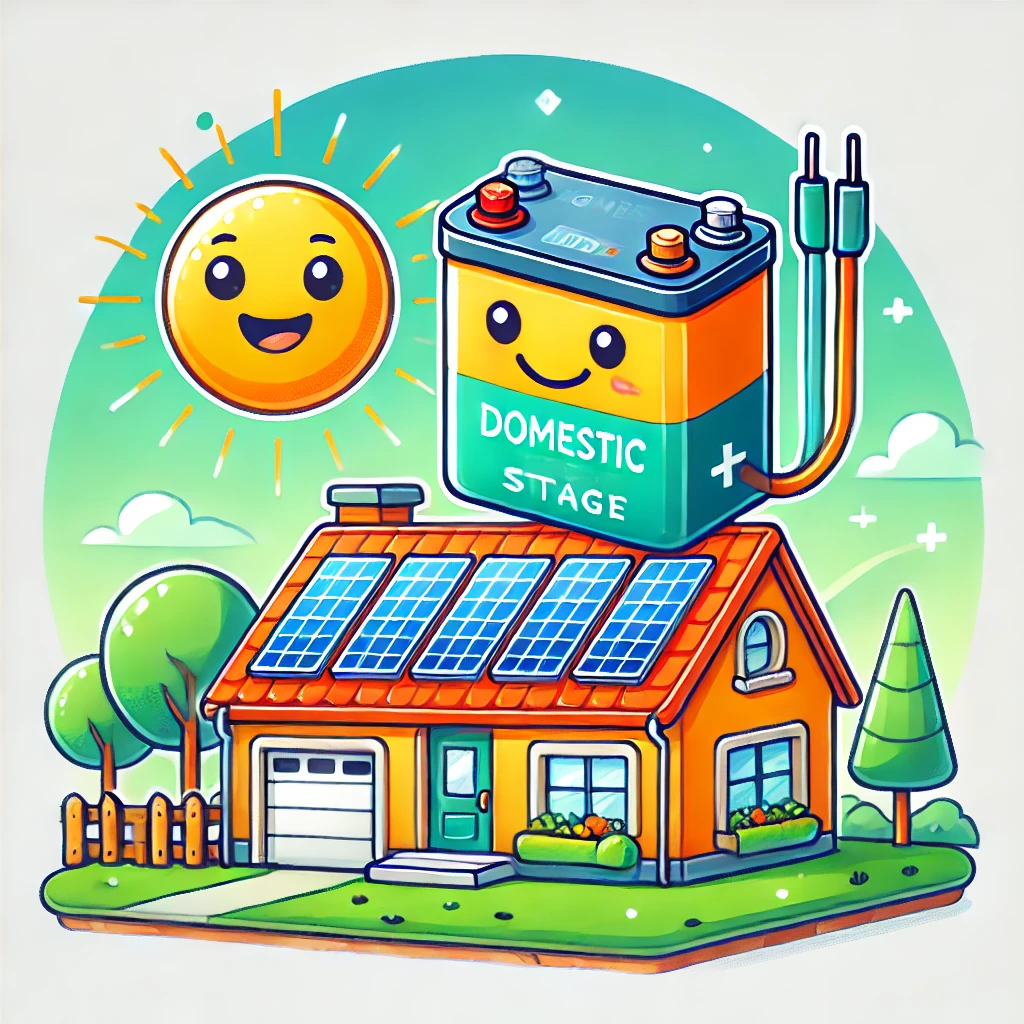As the global demand for renewable energy continues to grow, solar power stands out as a leading solution. However, the rapid increase in solar panel installations has introduced a new challenge: managing solar waste. A large portion of this waste comes from solar silicon, the primary material used in most solar panels. Solar silicon recycling provides an eco-friendly way to reduce this waste while conserving valuable resources, supporting a more sustainable future for the solar industry.
Why Solar Silicon Recycling Matters
Solar panels typically have a lifespan of 25-30 years. As older panels reach the end of their life, the volume of solar waste is expected to increase exponentially. Without proper recycling methods, discarded panels could lead to environmental hazards and resource depletion. Recycling silicon from these panels not only reduces waste but also minimizes the need for new raw materials, lowering the environmental impact of solar energy production.
The Process of Solar Silicon Recycling
1. Collection and Transportation
The first step involves gathering decommissioned or defective solar panels from various sources, such as residential, commercial, and industrial installations. These panels are then transported to recycling facilities equipped to handle solar waste.
2. Disassembly
At the recycling facility, panels are carefully disassembled. The glass, metal frames, and other components are separated from the silicon cells. This step ensures that each material can be processed appropriately.
3. Thermal Treatment
The silicon cells undergo thermal treatment, where high temperatures are used to remove the encapsulating materials like ethylene-vinyl acetate (EVA). This process leaves behind pure silicon wafers, ready for further refinement.
4. Chemical Processing
The purified silicon wafers are then subjected to chemical treatments to remove any remaining impurities. This step ensures that the recycled silicon meets the quality standards required for reuse in new solar panels or other applications.
5. Re-manufacturing
Finally, the high-purity silicon is repurposed to create new solar cells or used in other industries, such as electronics and semiconductors. This closed-loop process significantly reduces the need for virgin silicon extraction.
Benefits of Solar Silicon Recycling
Environmental Benefits
- Waste Reduction: Recycling minimizes the volume of solar panels ending up in landfills.
- Resource Conservation: It reduces the demand for raw silicon extraction, preserving natural resources.
- Lower Carbon Footprint: Recycling processes typically emit fewer greenhouse gases compared to new silicon production.
Economic Benefits
- Cost Savings: Recycled silicon is often cheaper than newly mined silicon, reducing manufacturing costs.
- Job Creation: The recycling industry generates employment opportunities in collection, transportation, and processing.
Energy Efficiency
- Energy Savings: Recycling silicon uses less energy compared to producing new silicon from raw materials.
- Sustainable Growth: It supports the sustainable expansion of the solar industry by providing a steady supply of recycled materials.
Read More:
Challenges in Solar Silicon Recycling
Technical Challenges
- Complex Panel Design: The diverse materials and complex design of solar panels make disassembly and recycling technically challenging.
- Quality Control: Ensuring that recycled silicon meets the high-quality standards required for new panels can be difficult.
Economic Challenges
- High Initial Costs: Setting up recycling facilities and developing efficient processes require significant investment.
- Market Demand: The fluctuating demand for recycled silicon can affect the economic viability of recycling operations.
Regulatory Challenges
- Lack of Standardization: The absence of standardized recycling protocols can hinder the efficiency and consistency of recycling processes.
- Policy Support: Inadequate governmental policies and incentives may slow the adoption of recycling practices.
Innovations and Future Prospects
Advanced Recycling Technologies
Research is ongoing to develop more efficient and cost-effective recycling methods. Innovations such as laser-based separation techniques and improved chemical treatments promise to enhance the efficiency and output of recycling processes.
Circular Economy Integration
Integrating solar silicon recycling into a broader circular economy framework can optimize resource use and waste management across industries. This holistic approach promotes sustainability and reduces environmental impact.
Policy and Incentive Development
Government policies and incentives play a crucial role in promoting solar silicon recycling. Subsidies, tax benefits, and stringent regulations can encourage manufacturers and consumers to adopt recycling practices.
Global Collaboration
International collaboration among governments, industries, and research institutions can drive the development of global standards and best practices for solar silicon recycling. This cooperation can facilitate knowledge sharing and technological advancements.
Conclusion
Solar silicon recycling represents a pivotal step towards sustainable energy production and environmental conservation. By addressing the challenges and leveraging innovative technologies, the solar industry can minimize waste, conserve resources, and reduce its carbon footprint. As we move towards a greener future, embracing solar silicon recycling is essential for ensuring the long-term viability and sustainability of solar energy.
Related FAQs
1. What is solar silicon recycling?
Solar silicon recycling is the process of reclaiming silicon from decommissioned solar panels for reuse in new solar cells or other industries.
2. Why is recycling silicon from solar panels important?
Recycling reduces environmental waste, conserves natural resources, and lowers the carbon footprint associated with new silicon production.
3. How are silicon cells recycled?
The process involves collecting old panels, disassembling them, thermally treating the silicon cells, chemically processing them to remove impurities, and repurposing the refined silicon.
4. What are the challenges in solar silicon recycling?
Challenges include technical difficulties in panel disassembly, ensuring the quality of recycled silicon, high initial costs, and lack of standardized recycling protocols.
5. How can solar silicon recycling benefit the economy?
It reduces manufacturing costs, creates jobs in the recycling industry, and supports the sustainable growth of the solar sector.



